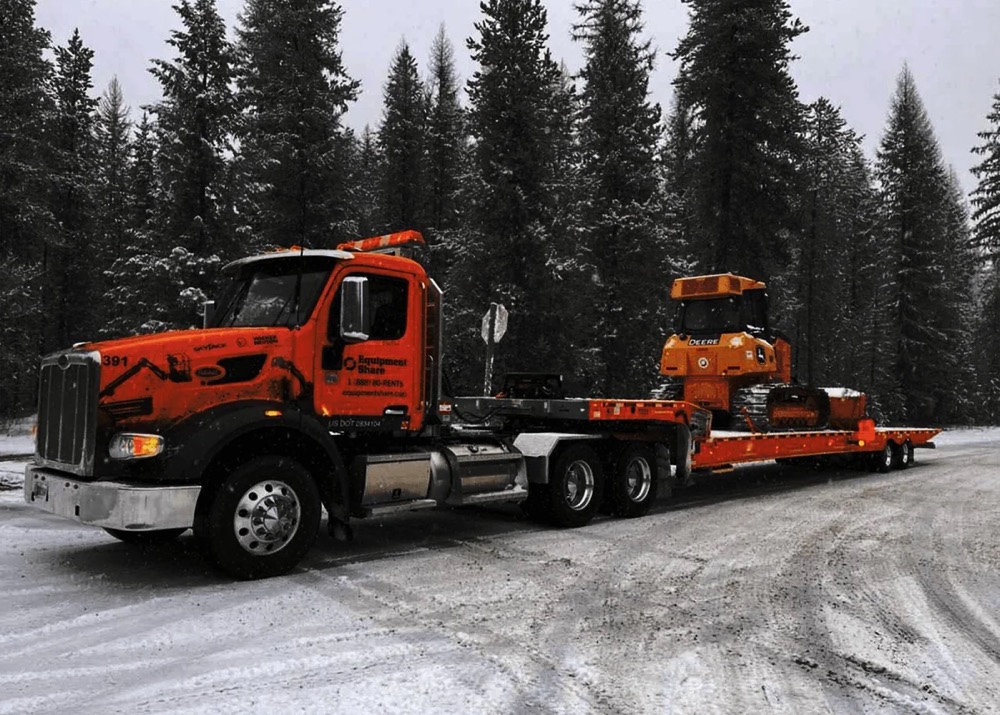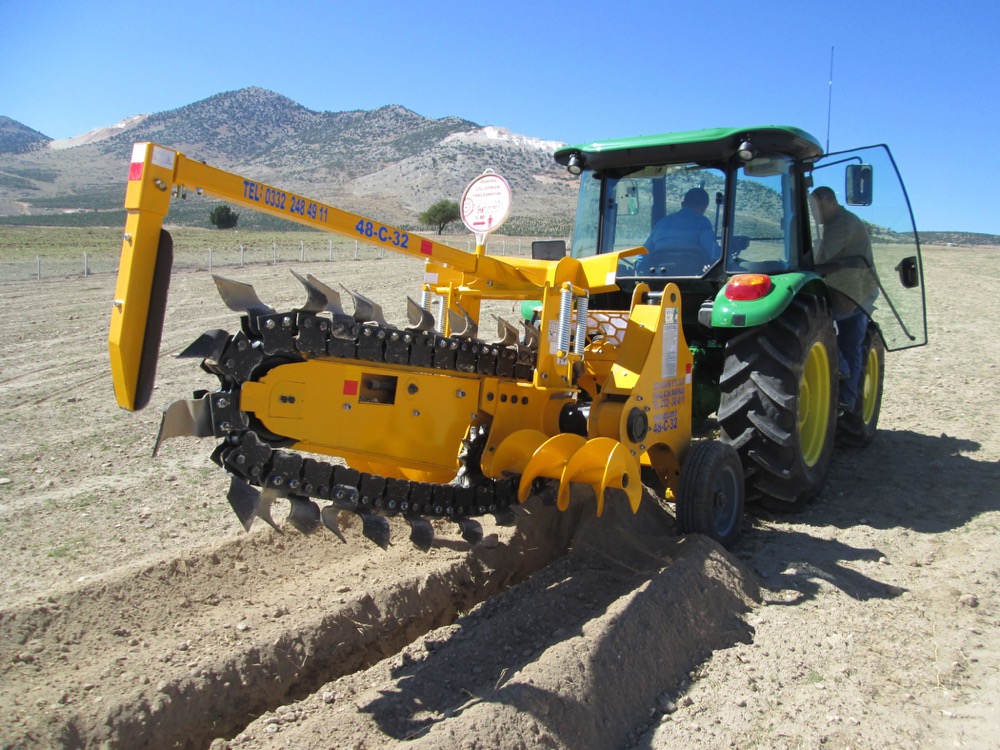
— November 07, 2025
Some construction projects, like road repair or utility maintenance, can only be carried out at night. When project managers don’t have the benefit of sunlight, they rely on light towers to provide adequate lighting to job sites, improving safety and ensuring deadlines are met.
Also called construction lights or towable light plants, light towers consist of a trailer, a tall mast with lamps mounted to it and a diesel generator. Light towers represent a portable, efficient and dependable way to provide lighting on job sites.
Let’s go over the benefits of portable light towers, how they’re used in industries like construction and what to look out for when purchasing one.
Portable light towers are used to provide lighting in a number of settings like construction sites, mines, warehouses and sporting events. Since they’re portable and generate their own power, light towers are essential in situations where electricity is unavailable.
Here are some of the most popular uses for portable light towers:
The primary advantages of working with portable light towers are that they can be moved around and generate their own power. Therefore, portable light towers can provide lighting in situations where electricity is otherwise unavailable. Portable light towers can be set up and taken down quickly and easily.
Compared to traditional lighting sources, like hard-wired street lamps, portable light towers require considerable maintenance. Since most portable light towers feature diesel engines, they need to be refueled often and the engine needs to be maintained. For long-term use, permanent lighting may be more efficient than using portable light towers.
Most portable light towers are designed as trailers with roadworthy tires and wheels, allowing them to be towed easily using a work truck or utility vehicle. Other light towers are designed not as trailers, but as carts. This type of light tower can be moved around by a human operator without the use of a vehicle.
The most common type of light tower is designed as a trailer. This type of light tower has a simple trailer hitch attachment on one end and an axle with a single set of wheels on the other end.
Light towers designed with roadworthy wheels and tires can be easily connected to any vehicle with a trailer hitch and transported on roads and highways. Like other trailers made for the road, a light tower’s tires need to be maintained and occasionally replaced to keep the trailer safe for the road.
Cart-style light towers are typically lighter and more compact than trailer-style light towers. Unlike trailers, cart-style light towers can be moved around a job site by hand and don’t require a vehicle.
Portable light towers come in a variety of designs. When selecting the best design for your particular application, you’ll want to consider a number of key features. Some features to consider when choosing a portable light tower include:
For large areas, multiple light towers may be used in tandem to provide adequate illumination. As a rule of thumb, you’ll need 30 watts of brightness per square foot of illumination.
For example, if your light tower features 4 lamps with a brightness of 1,000 watts each, it can illuminate up to 133 square feet (4,000 watts divided by 30 watts) on its own.
Like other equipment, portable light towers must be properly maintained in order to keep them in good working condition.
The main areas of a light tower that require maintenance are its lamps, engine and tires.
Metal halide lamps have a life expectancy of around 10,000 hours. They’re relatively easy to replace, but become very hot during operation and need to cool down before they can be handled safely. LED lamps, on the other hand, do not have replaceable bulbs, so the entire element needs to be replaced. In contrast to halide lamps, LED lamps last a long time–with a life expectancy of about 50,000 hours.
A light tower’s diesel engine needs to be properly maintained to avoid unnecessary breakdowns. Generally, maintaining a light tower’s engine will consist of routine tasks like checking coolant and oil levels, changing fuel filters, replacing air filters, routinely inspecting the engine’s belts for wear and using only high quality fuel.
In order to keep your light tower roadworthy, you’ll need to maintain its tires. Like other wheeled equipment, a light tower’s tires are susceptible to balding, punctures and other forms of wear. It’s important to routinely inspect your light tower’s tires for signs of obvious wear and keep them sufficiently inflated.
/filters:format(.webp)/filters:quality(50)/news/1760689431823-1760689384340.jpg)
To get the most out of your portable light tower, be sure to have a preventive maintenance plan in place and operate your light tower according to best practices. Here are some additional tips that will help you get the most out of your portable light tower:
Portable light towers range in price from $10,000 to $25,000. Portable light towers with a greater power output (higher kilowatt rating) are generally more expensive than portable light towers with a lower power output. Light towers can be rented for around $150 per day.
Portable light towers are essential to providing illumination on construction sites and in other situations where traditional lighting is unavailable.
The MechLink Online Parts Store is a one-stop shop for everything you need to keep your portable light tower in prime operating condition. Our extensive online catalog includes OEM and aftermarket parts from popular light plant brands like Wacker Neuson, Generac, Allmand and Terex. Still can’t find the part you need? Reach out to one of our parts experts for personalized assistance.

Heavy equipment storage: how to prepare your fleet for winter
December 22, 2025

Understanding the role of trenching equipment in modern construction
December 22, 2025

Key components of heavy equipment undercarriage maintenance
December 19, 2025

How to change the hydraulic filter in your heavy equipment and why it matters
December 19, 2025